#saimdang the herstory
Photo

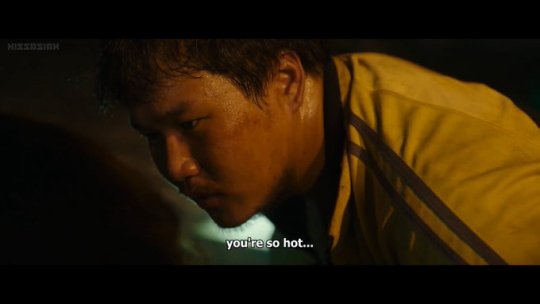
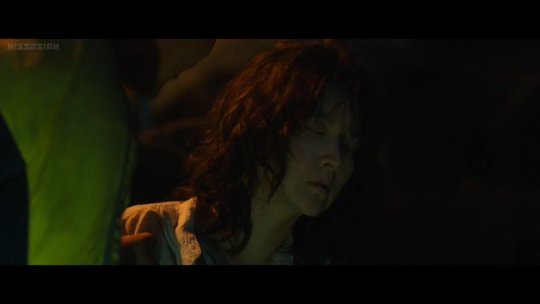
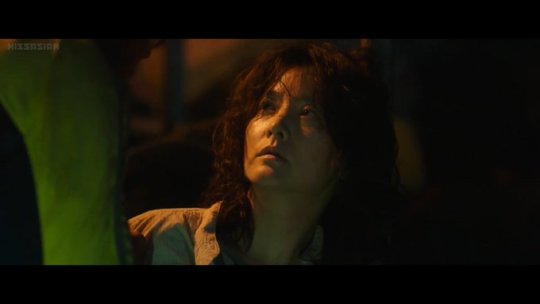
"Fucking Hell, Your're so hot..."
2 notes
·
View notes
Text
Rebel, Saimdang, and the romanticization of class and nobility in sageuks
At this point, it’s actually a little sad that Saimdang: Light’s Diary and Rebel: Thief Who Stole the People are airing at the same time. Mind you, it’s not because one is easily one of the most hyped sageuks in years and isn’t performing well, while the other seems to have just been thrown out there as an afterthought and is pulling in good ratings, as well as better critical and popular response, it’s the content and themes. Personally speaking, I spent almost 2 years impatiently waiting for Saimdang, and was pretty sure it was going to be the best sageuk of the year when it did come out, something that I thought would hold true after watching the first two episodes. In contrast, Rebel was barely on my radar, and on my “watch now” list instead of “watch if people say good things while it airs” primarily because I liked Hwang Jin-Young’s previous sageuk (and only previous writing credit aside from a special) King’s Daughter Soo Baek Hyang. Halfway through their runs,Saimdang was moved to “I really like it but it could be better” status (with a lot of anger for how SBS execs screwed the show and LYA over, and now they’re taking their screwups out on the show, but I’m not going to dwell on that today) while Rebel has become the sageuk I just can’t see another sageuk surpassing it for a while. (Particularly since they all seem to at least partly center around the tropes and worldview that Rebel critiques.)
This requires some background. Saimdang and Dae Jang Geum, aka, one of the most iconic sageuks ever that also served to help solidify Lee Young Ae’s iconic status, take place at roughly the same time. This is something SBS is very aware of, and while it doesn’t have the endless DJG references we probably would have had if the show had aired on MBC, it very much tried t rely on DJG nostalgia to sell the show, and the sageuk plotline in Saimdang has much more in common with sageuks of a dozen years ago in terms of characterization, tone and pacing than anything from this decade. Unfortunately, people came for Lee Young Ae in a sageuk from this decade, not the first half of the last decade.
Now the ACTUAL background begins DJG is largely known in western fandom for helping in to make sageuks far more female-centric, and for helping to establish the basic formula that most of the popular and/or commercially successful “long and stuffy” sageuks have sageuks have followed since. The rest of this is partially hearsay, as I’m going by what others have told me about pre-DJG sageuks, as DJF is the second oldest I’ve seen. The oldest is Damo, a show that is less iconic than DJG, and that essentially created the formula for the genre that we consider to be fusion sageuks. (Depending on who you ask, DJG and it’s predecessor, Heo Joon, are also fusion sageuks, but they’re an entirely different kind of fusion sageuks and Damo and its successors.) Like DJG, Damo centered around a female lead in a plot that would typically feature a male lead. Both shows are also known for taking the focus away from the throneroom. DJG is still a palace intrigue drama, while Damo steps away from the palace completely, focusing instead on police officers investigating a rebellion, though it does check in with the palace intrigue. But in stepping away from the throneroom and inner palace intrigues, both did something most sageuks avoided: they tackled the issue of class. Both shows featured a heroine of noble birth-Chae Ok, the heroine of Damo was a young noblewoman who became a slave as a child after her father was accused of treason, while Jang Geum’s parents both went into hiding as commoners before she was born, though for different reasons. From what I’ve been told, prior to these two, the main audience for sageuks was middle aged men, and because of this, the focus was almost exclusively on war and palace politics, usually featuring, well, middleaged men. Then, in 2003, there was suddenly a spurt of several successful series featuring female leads. They certainly weren’t the first to do so, it just worked out so that there was a concentration of several at once. Part of what made DJG and Damo stand out was that they were meant to appeal to a wider audience, had higher production values, sweeping (and very different) romances, and broader plots (I mean it wasn’t JUST “maybe our ratings will go up if we try to appeal to women,” but that was certainly a part of it). But they also stood out because the positioning of their heroines-one being made a slave and the other growing up as a commoner-meant that these stories weren’t only about the nobility. The servant class in the city featured heavily in DJG, while rural commoners and their perspective of civil unrest and the nobility featured heavily in Damo. Of course, ultimately, both heroines and their love interests WERE of the nobility, but the door to including the perspectives of other classes was open, and most sageuks since then have taken advantage of that door being open.
Many (I want to say “most” but it kind of hovers in middle ground, I think) will have the protagonist spend part of their life as either a commoner or a poor noble. The protagonist of noble birth who lives as a commoner comes in 2 main varieties: they were born in secret in one way or another, and only find out they have noble (or royal) blood much later in life, after establishing themselves one way or another, or they live as a noble or royal as a child, but are forced to live as commoners or slaves for many of their formative ears before reclaiming their true status. On a similar note, protagonists who actually are commoners with no noble or royal blood are considered exceptional. They’re special, they’re…NOT LIKE OTHER COMMONERS. But there’s also the flipside. The flipside is that all the corrupt and scheming politicians, the cruel masters are treated as individuals. Their social status may have contributed to their corruption an cruelty, but only in that the individual would have been that way anyway, they just happen to have more power, and they re many good and kind masters, and well meaning politicians, That the class system itself was a problem, that there was a social order that told people they were inherently better than others by birth, was not a consideration.
Shows have tackled this mindset over the years (Maids and Chuno come to mind for sageuks I’ve seen that try to push the standard approach, re: class, a bit), but none have fully committed to taking it on until now. Except that Saimdang is not the show that did so. Saimdang takes the same approach as it’s predecessor-and most sageuks in between-of romanticizing the nobility while also tackling the plights of the lower classes. But what was revolutionary 14 years ago is not revolutionary now. And then we have Rebel. One of the very first things Rebel does is completely obliterate any idea that Gil Dong has noble blood, in a flashforward at the beginning where King Yeonsangun confronts Gil Dong.
Yeonsangun: “I will ask you clearly. Answer me honestly. I heard you are a descendant of the demolished royal family of Goryeo. Is that right? I heard your anger comes from having a father of the noble class and a mother who is a maid. Is this correct? Then what is it? Who on earth are you?” (Gil Dong is shaking his head in amused contempt throughout this.)
Gil Dong: “I am not a descendant of the royal family from Goryeo. Nor am I a son of a minister, or from a poor noble family. I am only a son of my father. My father, a servant over generations, Amogae.”
Yeonsangun: *outraged, disbelieving laughter* “That’s impossible. It’s impossible that someone like you could’ve been born to such a lowly man.”
Gil Dong: “You were born to the master of this country. How did you turn out to be such a lowly man?”
Ok, first of all, THE BURN THERE, GIL DONG! THE BURN. I can only assume that the camera pans out and away so fast after that so that we don’t see Yeonsangun burst into flames from that one.
HOWEVER, while we didn’t know it when the episode aired 3 months ago, this scene is essential to the world view of Rebel. Because ever “noble” sageuk origin was just shot down, and the idea of the “special” commoner isn’t far behind it. And Yeonsangun NEEDS Gil Dong to have that origin. His worldview cannot allow for a “common” person to have more sway than him. Gil Dong doesn’t simply violate his person worldview, his very existence violates the established social order and divine superiority of birth, something that we come to full force for Yeonsangun at the beginning of the latest episode, and something that is beginning to consume him.
Of course, Rebel relies in part of a prophecy of a “mighty child” (Gil Dong) a child born with superhuman strength and healing powers, destined both to become a general and to suffer great losses if he does not control himself. However, it is not Gil Dong’s power that makes him special, it what he does with it. Gil Dong’s power is not what makes him special or what makes him a hero, but it is part of what makes him able to DO something. The “Mighty Child” is born of necessity, not because some random kid won the genetic lottery. (The “Mighty Child” status is also considered to be a curse, not a blessing.) We’re also given a second mighty Child as a counterbalance, and the second mighty child-of equally low birth and with possibly an even more tragic background-flounders because he can’t even manage to properly misuse his powers, much less achieve the Mighty Child’s destiny. I’ve said plenty about my feelings re: The Mighty Child(ren) in previous tumblr posts and will probably make even more posts focused on that aspect in the future, so I won’t dwell on that now.
Moving on from The Mighty Child: Rebel takes the stance that the class system isn’t simply a case of advantage and disadvantage with good ad bad people, but rather, the class system itself is an ideology, and that ideology is the enemy. It isn’t that there are bad apples (and remember, the point of the whole “bad apple” thing is that if there’s a bad apple among your apples, you need to just toss them all and get new apples, not that you just take out the one bad apple and assume all the others that came from the same place are perfect just because you can’t see their problems on the outside) it is that there cannot be good and there is no justice in a system that holds that one group of people is inherently superior to another, and you cannot expect the people who benefit from that system to help find justice in it. When Gil Dong’s father, Amogae, kills his master, Lord Jo to avenge his murdered wife, the widowed Lady Jo only hates Amogae in part because of her murdered husband. What she truly hates Amogae for, the reason she wants him destroyed, the crime she can never forgive, is that Amogae is an abomination that has violated the natural order.
THAT is the true villain of Rebel. The class system itself, the social order that tells one person that they are inherently superior to another by birth, that the higher your class is, the more the world exists to serve you, is the villain, and Lady Jo, her allies, and Yeonsangun are the manifestations of a corrupt and unjust system. This is something that we and the characters grow slowly more and more aware of, until it’s brutally driven home in episodes 21 and 22, and all illusions and any semblance of romanticizing nobility or royalty are ripped away and ruthlessly destroyed in the most devastating fashion. (Not to mention graphically violent, particularly for network TV standards.) Hwajung touched on this idea a bit with it’s ultimate assessment that it is impossible to be a good person and to be king, no matter how much you might want to both, and so there needs to be an opposing force to keep the king in check, but it does not more than touch on the idea, and very much has the typical sageuk romanticization of nobility and royalty.
In the most recent episode, Gil Dong has an exchange with the shaman who pops up every now and then about why oppressed people don’t fight back, and this is her analysis:
Shaman: “They are scared because they don’t know what it is like. All of them…have neither fought nor been victorious in anything in their entire lives. They are only used to running away, losing, and being cheated. They don’t know what it means to fight, or to win.”
She goes on to tell Gil Dong and his men that they can stand up and want to take on the king (the ultimate manifestation of the corruption of the class system) because they have been fighting. Their life experiences have given them the worldview that things can change. She started the speech and I was bracing myself for a NOT LIKE OTHER COMMONERS speech, and instead I got “dude their life experiences royally suck and tell them they can’t expect anything good.” There are only two things that set Gil Dong apart from other commoners: His strength, and the fact that his father was an “abomination” who violated the divinely designated social order. The latter, the rejection of class and the ideology that accompanies it, is the more important of the two, while the former is part of what gives him the ability to do something about it.
It’s from this approach and viewpoint-that the class system is an ideology, and that consuming ideology is the true villain-is the focal point for the many other themes of the show, most notably the conjunction of nature and nurture, the difference between the law and justice, and the endless complementary and opposing mirroring of characters against each other. Everything springs from that.
So, going back to the first sentence. over on SBS, Saimdang is ably doing the same thing Dae Jang Geum did 14 years ago without updating itself for the modern audience (with SBS execs sulking because they somehow managed to make a guaranteed cash cow not be a cash cow and punishing the show and LYA for it-it’s going to be a while before I’m over this) or attempting to expand on the ideas in DJG, while being set in largely the same time period as DJG, with the same core political event (Jungjong’s political coup and overthrowing of Yeonsangun) providing much of the political background impetus for the show. Mean while, over on MBC, the same station that DJG aired on 14 years ago, Rebel is airing on different nights but mostly over the same time period as Saimdang, is set one generation before Saimdang and will most like end with the same political coup, or with the beginnings of it taking root, and is critiquing and deconstructing the approaches to class that Saimdang takes while taking a progressive and revolutionary-for-sageuks stance on class, nobility, and royalty.
It will be interesting to watch this years sageuks after this. All the ones that are coming out look to be focused on royalty and palace conflict, and Rebel’s success has been largely word-of-mouth, a lot of which has been about hit’s approach to class and the fact that none of the protagonists, possibly excepting Eom (who isn’t from a common family, but is from a pretty low ranked noble one), are from the noble class. So. pretty much, all the upcoming sageuks are relying on things that this one is achieving acclaim for rejecting. If nothing else, I’ll be an adjustment for fans of Rebel to go back to “normal” sageuks.
Note: I understand that Six Flying Dragons does tackle similar ideas, but (a) I haven’t seen it yet and (B) it DOES end with the main character becoming the first king of Joseon, so obviously it doesn’t commit itself to the degree that Rebel does.
#rebel hong gil dong#saimdang light's diary#sageuk#rebel thief who stole the people#saimdang the herstory#saimdang#damo#this is 2631 words and took me 2.5 hours#ouch#will i stop being mad at sbs enough to watch their upcoming shows that i'm interested in?#time will tell
138 notes
·
View notes
Photo
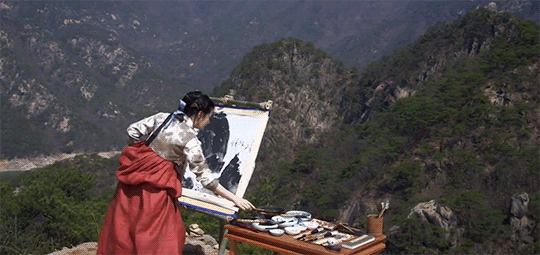

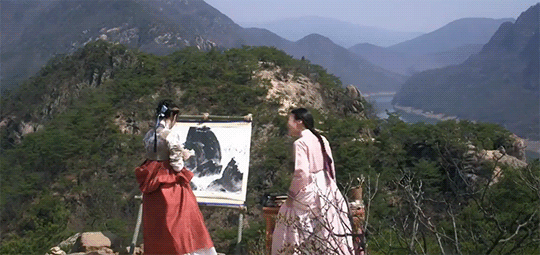
Saimdang: Light’s Diary Episode 18
#she looks so so so good here 10/10 i love it#saimdang lights diary#saimdang the herstory#lee young ae#saimdang#myposts
137 notes
·
View notes
Quote
Running forward without knowing fear is not courage, it's being rash. But running forward even when you know fear… that is true courage.
Saimdang Lights Diary
34 notes
·
View notes
Photo


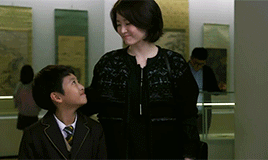
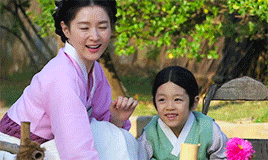

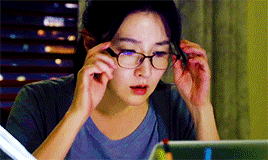
kdramawomensweek
Day 3: 40 + up, women in stories you adored
Lee Young-Ae (46) as Shin Saimdang & Seo Ji-Yoon
#kdramawomensweek#lee young ae#saimdang light's diary#saimdang lights diary#saimdang the herstory#kdrama#prangon gifs#kdramawomensweek2017#kdramaedit
76 notes
·
View notes
Photo
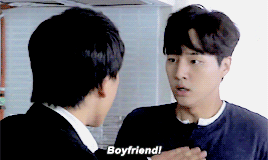
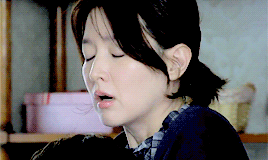
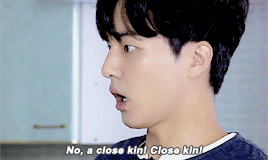
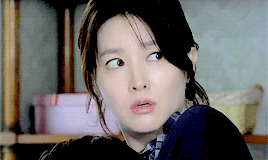
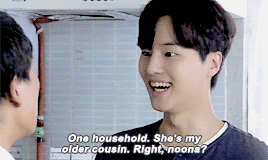



“Who are you?!”
#saimdang the herstory#saimdang light's diary#saimdang lights diary#lee young ae#yang se jong#edit:saimdang#edit:mine#gif*#episode 3#i'm probably the only one enjoying this part of the drama#look at his face#i am so blessed
298 notes
·
View notes
Photo
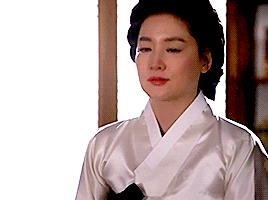

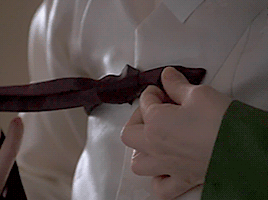
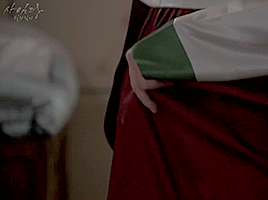
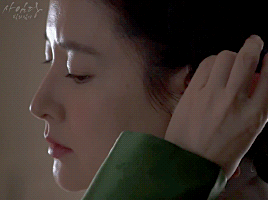

Saimdang: Light’s Diary
#lee young ae#saimdang#saimdang lights diary#saimdang the herstory#사임당 빛의 일기#shin saimdang#saimdang gifs#my gifs#i love love love her
11 notes
·
View notes
Photo
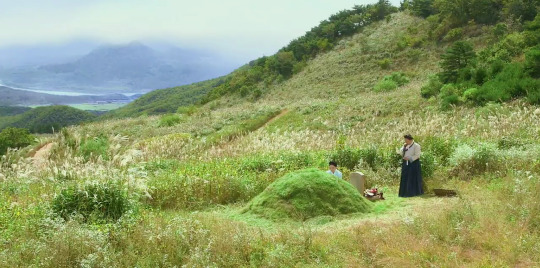




Saimdang: Light’s Diary Episode 5 & Landscapes
56 notes
·
View notes
Photo
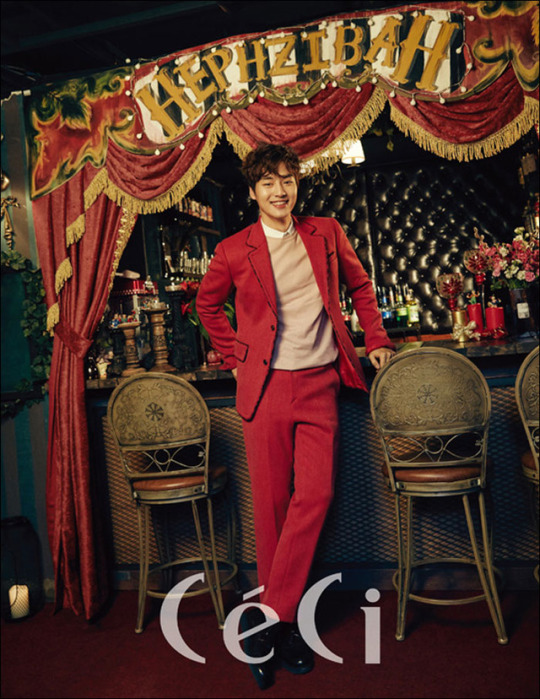
Yang Se Jong for CeCi Korea Magazine (March, 2017)
#양세종#yang se jong#romantic doctor teacher kim#saimdang lights diary#saimdang the herstory#magazine#ceci
27 notes
·
View notes
Photo
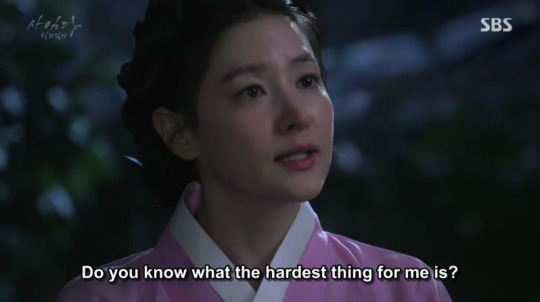

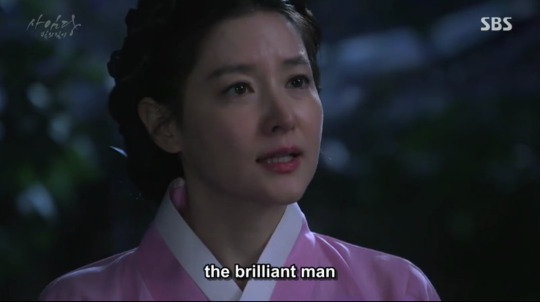
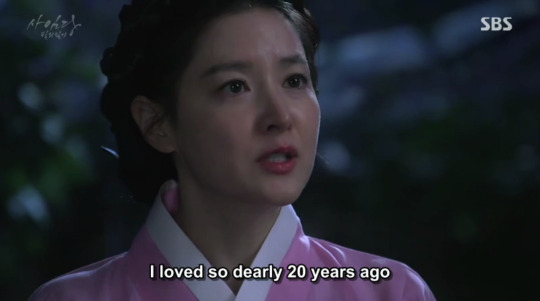
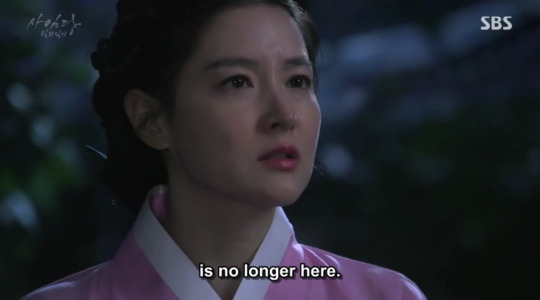
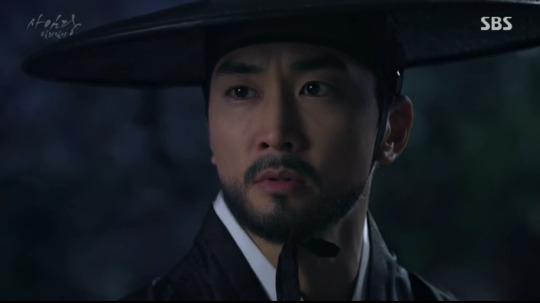
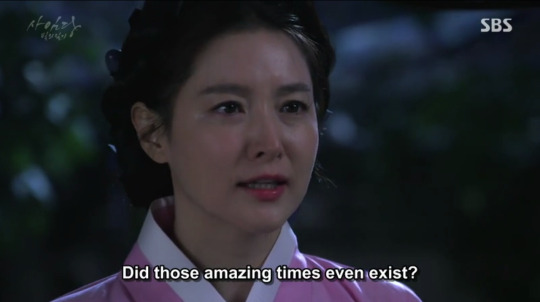
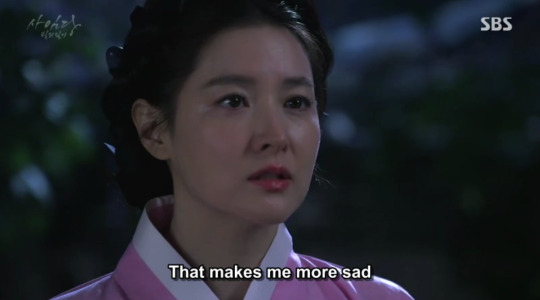
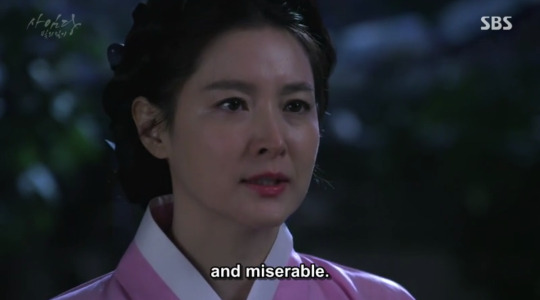
33 notes
·
View notes
Video
youtube
Song: The Song of the Star (별의 노래)
Artist: Melody Day
Release date: 170323
Album: Saimdang: the Herstory OST
Record label: LOEN Entertainment & Cre.ker Entertainment
#the song of the star#melody day#melodyday#saimdang: the herstory#saimdang: the herstory ost#ost#saimdang#saimdang the herstory#saimdang ost#saimdang the herstory ost#loen#loenent#loen entertainment#loen ent#cre.ker#cre.ker ent#cre.ker entertainment#female
1 note
·
View note
Photo
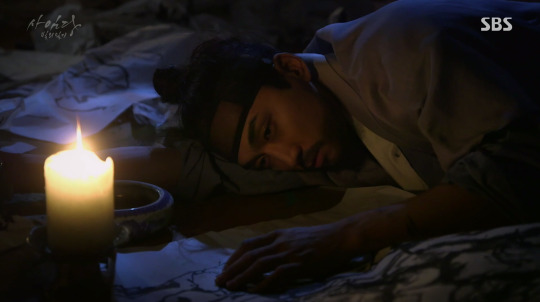

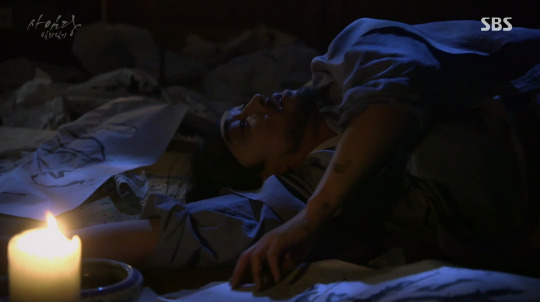
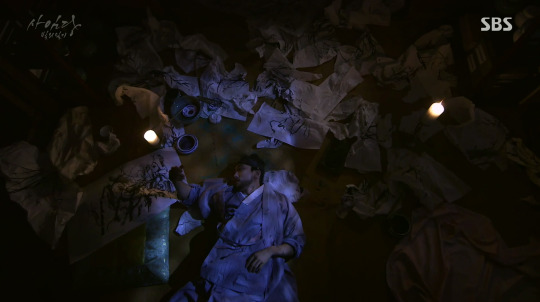
Did I ever even have talent? These darned hands of mine... I do not know what they drew. I cannot remember.
#i love song seung heon so much i'm gonna watch the hell out of his scenes#saimdang the herstory#song seung heon
18 notes
·
View notes
Photo
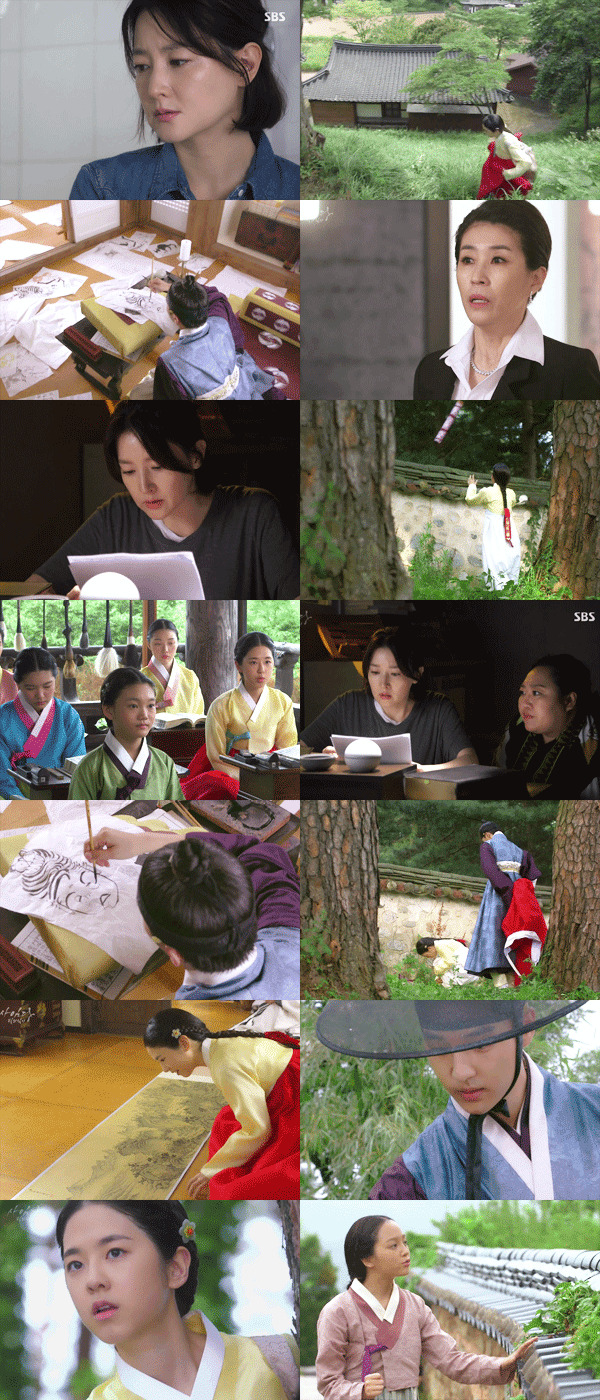

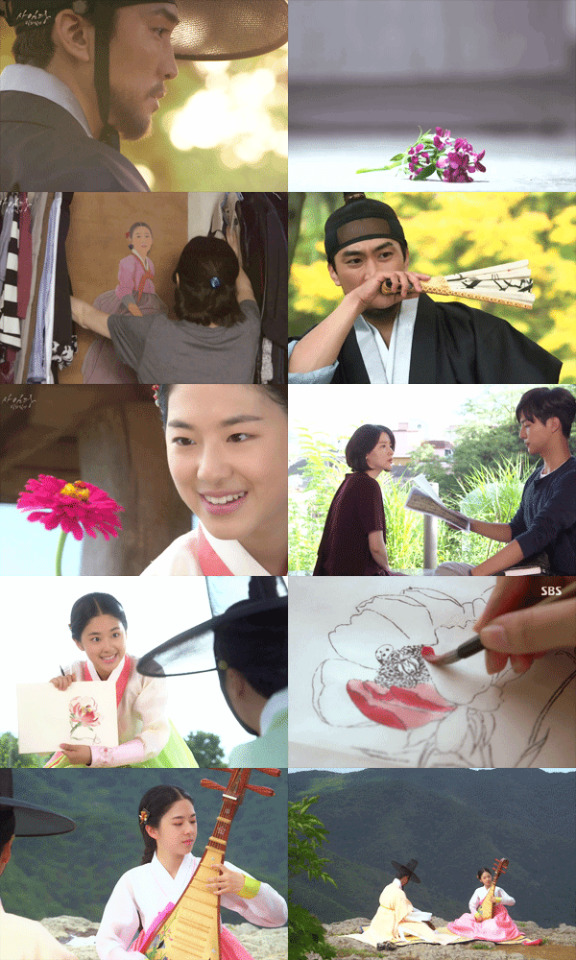
Saimdang: Light’s Diary, episode 2
9 notes
·
View notes
Photo

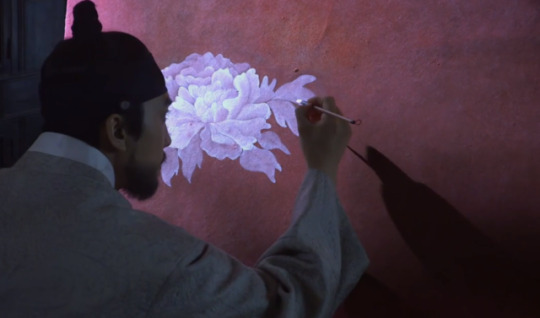

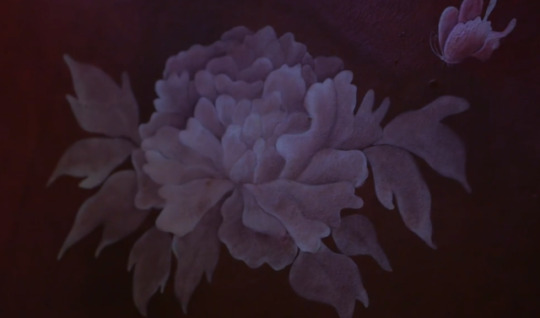
Saimdang Light’s Diary Episode 20
I write to you hoping to send you the warmth and splendor of spring.
I hope a flower blooms in your painting.
So, I will leave you a blooming peony.
#saimdang lights diary#such a beautiful end to the episode i really wanted to gif this but the quality on df was really low so pics will have to do#saimdang the herstory#saimdang light's diary#saimdang#myposts
41 notes
·
View notes
Photo

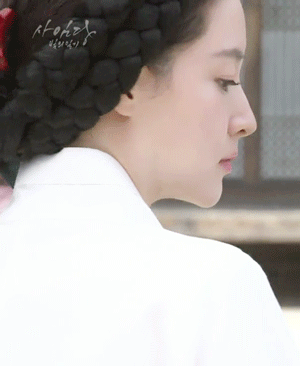
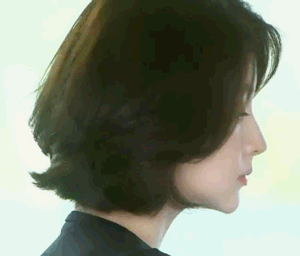
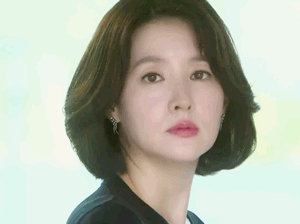
Lee Young Ae | Shin Saimdang | Seo Ji Yoon
#kdrama#saimdang lights diary#saimdang the herstory#사임당 빛의 일기#lee young ae#i swear lya doesn't age#how can she still look so young ;-;#take me to the fountain of youth#*mine#mine: gifs
19 notes
·
View notes
Text
Saimdang, Light’s Diary.
First, I am trying not to be bitter because of the end. I am. I have been fangirling over this drama for way too long.
Overall. I would say it is a good drama. They didn’t insist of reincarnation theme so I can’t really be angry. They are just very normal people in past and present that looks a like. That happens. So not a reincarnation drama. No.
Most of the show concentrated on the past of Saimdang. Saimdang, as a young woman. Falling in love with Lee Geum. Due to political reasons and to save her family their love was short lived. Saimdang, as an adult shows her as a mother of four, an artist, a business woman, a wife. There is still feelings for Lee Geum obviously but it is Josen era, so leaving her cheating husband and going off to the sunset however tempting that might be, she just could not abandon her children. I get that.
Apart from Saimdang and Lee Geum’s story lines I thought Heumdang’s plot lines were great. She was driven by revenge but eventually saw the bigger picture. Her character was pretty badass even if she was one of the antagonist. I kept thinking the curator in present time might have been her. Oh well.
Conclusion: If you are a fan of the cast, obviously watch it! Story wise, I did the basic google search so yes even though Saimdang was an actual person in history 80% of the facts of this drama were fictional. So I would say watch it as entertainment purpose rather than learning history through drama, which I often do. I am not entirely dissatisfied with the ending but it could have been a tad bit better.
#saimdang lights diary#saimdang the herstory#i really had high hopes#kim young ae#'s first drama in almost 15/17 years maybe!#so yeah#but whatever i enjoyed it#so doesn't matter it didn't live up to my expectation#bleh bleh bleh#mini review#kdrama text
1 note
·
View note